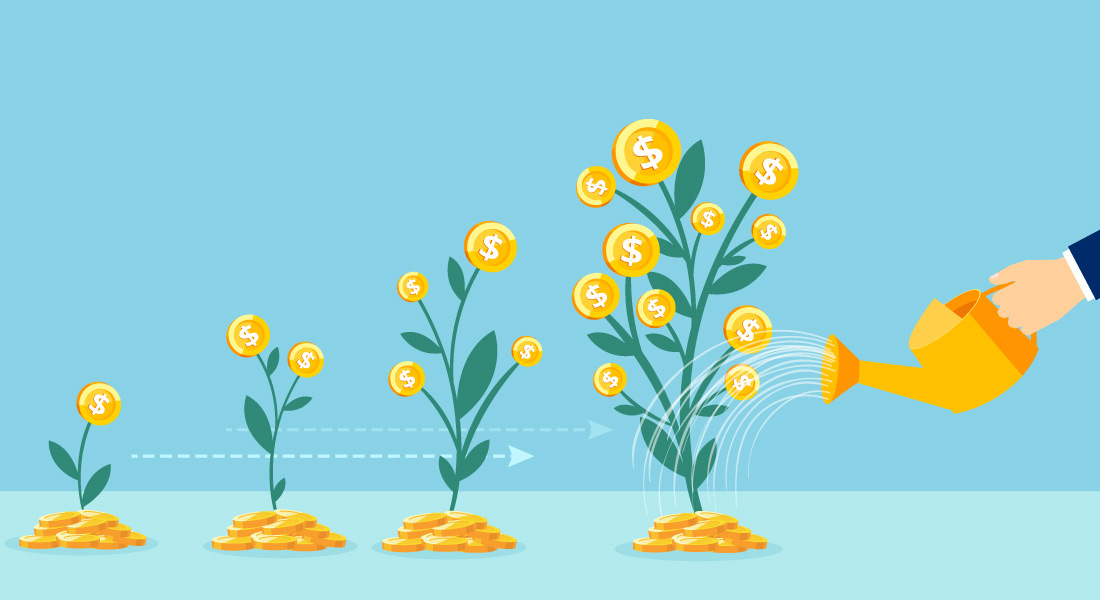Estimated reading time: 4 minutes
Would you know the answer if someone asked you how much profit your small business generates from its existing capital and assets? If not, now is the time to find out. It is essential to know the return on assets (ROA) metric because it illustrates your business’s profitability ratio over specific periods, such as a month, quarter, or year. The results reveal how profitable your business is concerning its assets and how it sizes up against the competition.
Once you have a thorough understanding of ROA and how to calculate and interpret it, you will be able to know if your business’s assets are producing profits – or not. Of course, the last thing you want is to own equipment, software, technology, vehicles, etc., that are not generating revenues. In this Balboa Capital blog article, we cover all of the essential aspects of ROA. It is a return on assets (ROA) guide, and we think you will find it very helpful.
What is return on assets?
As mentioned at the top of this blog article, return on assets is a widely used profitability ratio that quantifies whether a small business is generating profits from its assets. The company’s number of assets will vary depending on the business’s size and industry. Typical assets include inventory, supplies, equipment, business vehicles, and long-term receivables. You can find a summary of your assets on your balance sheet.
If your business efficiently manages its assets, it has a better chance of producing profits. A positive ROA means that your business and its assets are running efficiently, and the money you use to purchase or finance assets bolsters your net income and profits.
Return on assets formula.
Before we explain how to calculate return on assets, it is essential to know that it is represented as a percentage, not a dollar amount. For example, if your business’s ROA is 11.75%, it earns $11.75 for every dollar in assets. So, let’s dive into the formula. The first step is to divide your business’s net income by its average total assets, which can be found on your balance sheet.
As you probably know, your net income is the amount of revenue, in dollars, after subtracting the cost of goods sold (COGS) and expenses. The second step in the formula is multiplying the result by 100, which will switch your ROA into a percentage format. Following is an example that illustrates this formula.
An HVAC business has $90,000 in net income at the end of the year and $270,000 in total assets. To get the ROA ratio, divide $90,000 by $270,000 and multiply the result by 100.
Step 1: $90,000 (net income) ÷ $270,000 (total assets) = .33
Step 2: .33 x 100 = 33% (ROA)
The HVAC business’s return on assets is 33%, which is very good.
Interpreting the results.
Now that you understand how to calculate the return on assets, you might wonder how the result stacks up. Any positive return is a good return, even one that is, say, between 2-5%. No two businesses or industries are the same, but most financial analysts and accountants agree that a solid return is between 15-30%, and anything higher than 30% is excellent. In a nutshell, the higher the ROA, the better the overall financial state of your small business.
If your business has a low or negative ROA, check your balance sheet to ensure it doesn’t have errors or inconsistencies. Then, calculate your return one more time. If the result is still a low or negative return, your business isn’t maximizing its assets and, as a result, is not generating the appropriate amount of income or profit.
How to improve your return.
Reducing the amount of capital you spend on assets is an effective way to boost your ROA. You can start by reviewing your expenses weekly and monthly to determine how you can reduce your costs. For example, it would be a good idea to avoid purchasing excess inventory that might end up staying on your shelves and filling up your stock room. Instead, maintain levels of inventory based on your historical sales results.
Another way to reduce your capital expenditures is to finance certain types of business equipment instead of buying it outright. Equipment financing gives you access to equipment, vehicles, technology, etc., for a predictable monthly payment that works with your budget.
Next, evaluate your monthly, quarterly, and yearly sales results to view sales trends and identify opportunities for improvement. For example, increasing your sales or the cost of goods sold and lowering expenses can improve your business’s ROA. Finally, compare your year-over-year (YOY) growth to see how your business performs against the previous twelve months. Strong YOY growth typically correlates with a high ROA.
The opinions voiced in this material are for general information only and are not intended to provide specific advice or recommendations for any individual.
